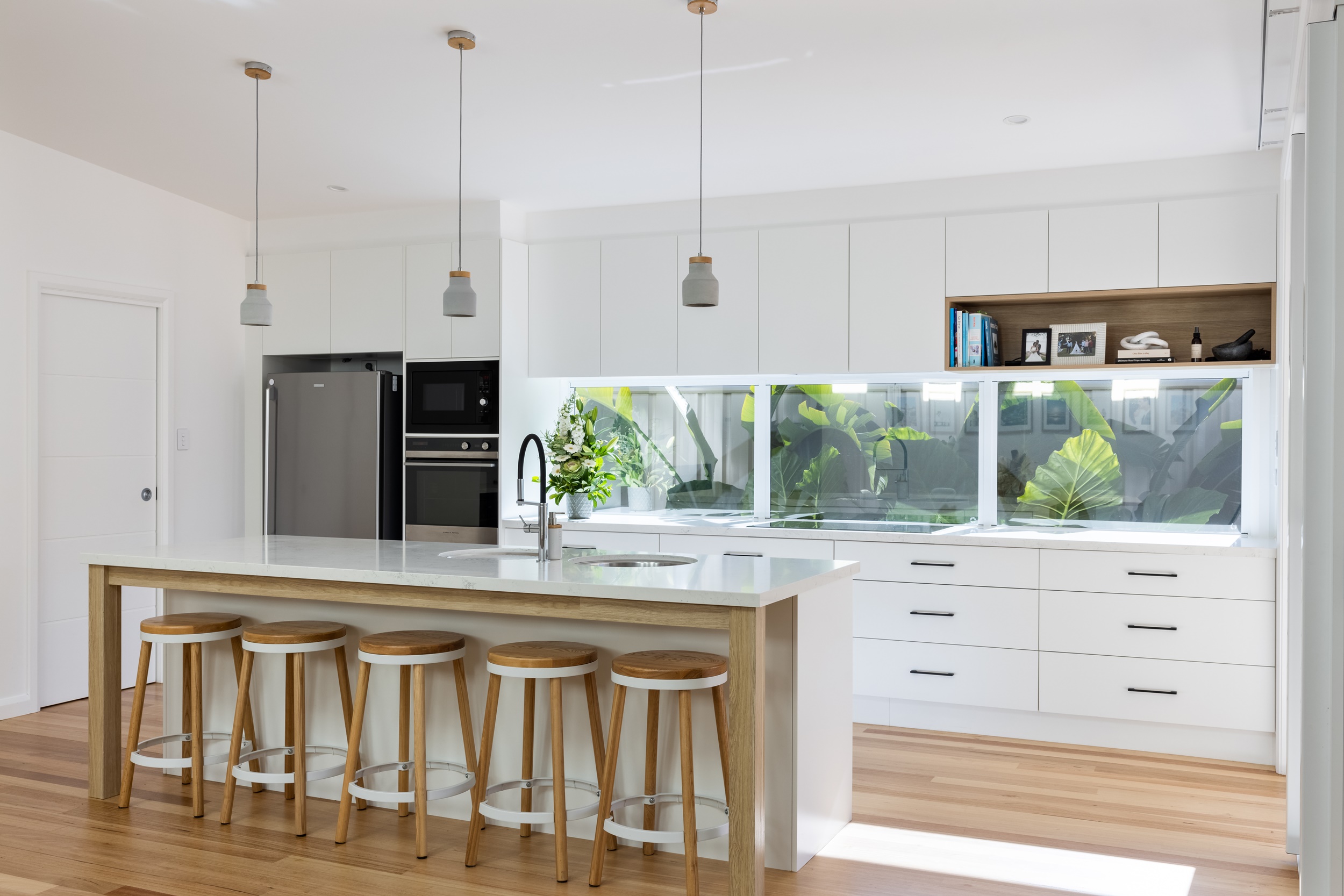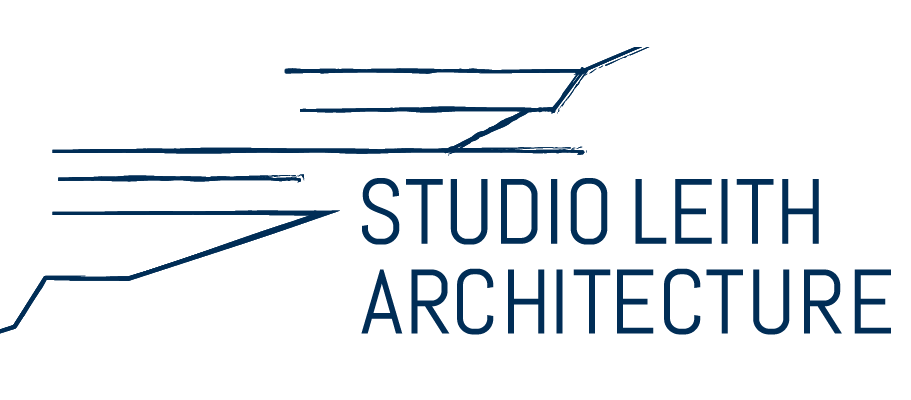A Guide to Environmentally Sustainable Design in Contemporary Australian Architecture
At Studio Leith, we believe a truly modern home prioritises environmental considerations without compromising on style or comfort. This post will explore key elements of Environmentally Sustainable Design (ESD), essential ratings and certifications, and the standards and practices we adhere to in creating positive, healthy, and resilient homes.
The Role of ESD Consultants
Environmentally Sustainable Design (ESD) consultants are integral to the green building process. They bring expertise in this evolving field and ensure that all practices, from construction materials to energy use, align with sustainability goals. Engaging ESD consultants early in the project can lead to more innovative and effective green solutions.
Achieving a 7 Star Energy Rating
This rating, determined by the Nationwide House Energy Rating Scheme (NatHERS), measures a home’s thermal performance.
Achieving a high rating generally includes leveraging passive solar design, quality insulation, and efficient windows. Not only does this reduce the environmental impact, but it also lowers energy bills significantly.
Principal Architect’s Insight:
“Striving for a 7-star energy rating is about more than ticking boxes. It’s about creating homes that are not only efficient but also comfortable and resilient in the long term.”
BASIX & NatHERS
In New South Wales, the Building Sustainability Index (BASIX) sets clear requirements for new homes concerning water usage, thermal comfort, and energy consumption. Paired with NatHERS, BASIX provides a comprehensive framework to ensure homes are both sustainable and liveable. Navigating these frameworks can be complex but is crucial for achieving a truly green home.
The Passivhaus Standard
The Passivhaus (or Passive House) standard takes energy efficiency to a new level. Originating from Europe, it’s a rigorous and voluntary standard for energy efficiency in buildings. Passivhaus homes maintain comfortable temperatures year-round with minimal energy consumption. Key principles include superior insulation, airtight construction, and a focus on renewable energy resources.
Green Building Council of Australia & Green Star Certification
The Green Building Council of Australia (GBCA) champions the transformation of Australia’s built environment into one that is sustainable, resilient, and healthy. Their Green Star assessment is a comprehensive evaluation that rates the design, construction, and operation of sustainable buildings. Achieving a Green Star certification is a testament to a home’s environmental performance and sustainability.

Key Components of Environmentally Sustainable Design
Environmentally Sustainable Design involves integrating renewable energy sources, utilising sustainably sourced materials, and adopting water-saving technologies. Sustainable landscapes and native planting contribute to a home that respects and harmonises with the natural environment. ESD isn’t just an add-on; it’s a fundamental component of modern architectural design.
Creating Positive, Healthy & Resilient Homes
At Studio Leith, our commitment extends beyond environmental sustainability. A green home is inherently healthier, with better air quality and natural light. Resilient homes are designed to withstand Australia’s diverse and sometimes extreme climate, ensuring comfort and safety across all seasons.

Principal Architect’s Insight:
“We believe that a well-designed, sustainable home has positive ripple effects: on the occupants’ health, on the community, and on the planet. It’s about fostering a lifestyle that aligns with nature’s rhythms.”
Sustainable design is more than a trend; it’s the future of architecture. By adhering to rigorous standards and leveraging innovative design principles, we can create homes that are efficient, comfortable, and future-proof. Whether it’s through achieving a high energy rating, adopting Passivhaus standards or aiming for Green Star certification, every step towards ESD is a step towards a greener, healthier world.
For further reading or guidance on navigating these standards, you can refer to the official websites of GBCA and NatHERS[^1][^2].
Sources
[^1]: Green Building Council of Australia. “GBCA Guide to Green Star”. https://www.gbca.org.au
[^2]: Nationwide House Energy Rating Scheme. “Understanding NatHERS”. https://www.nathers.gov.au
